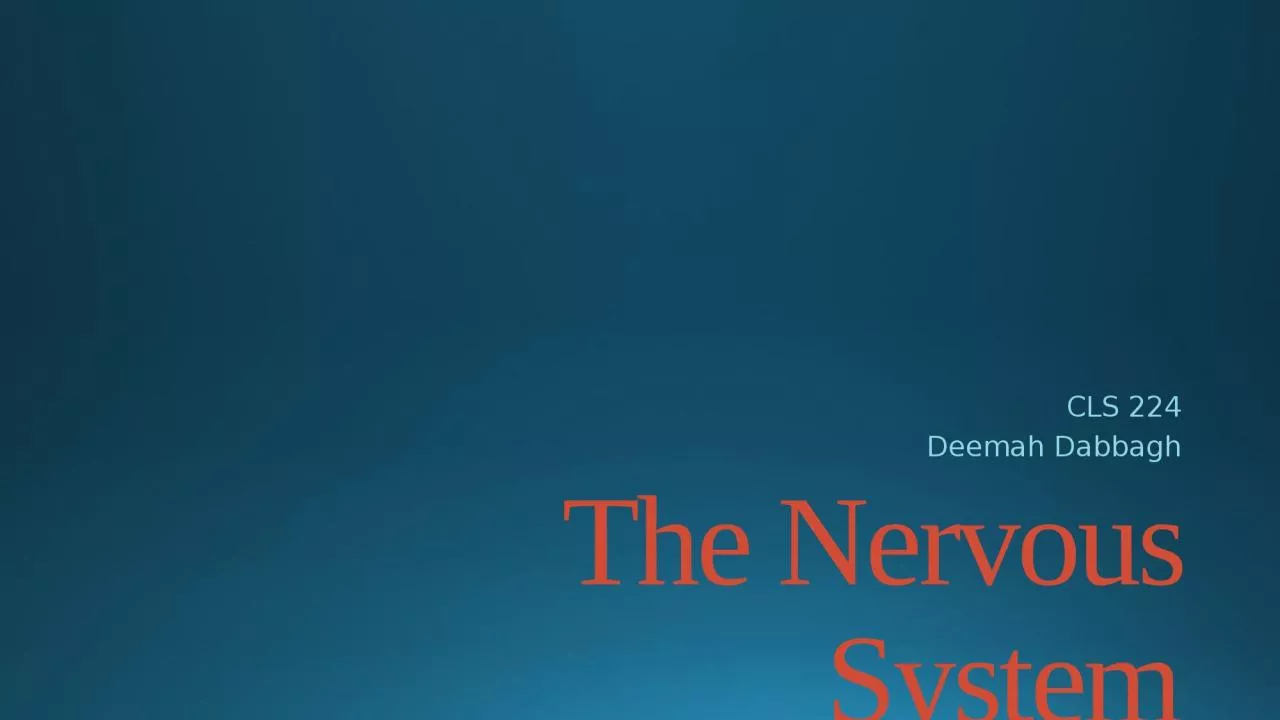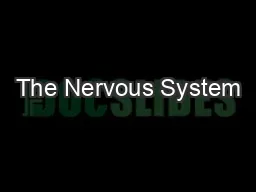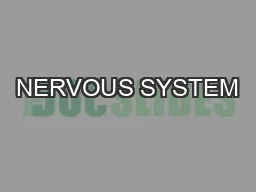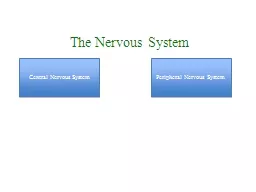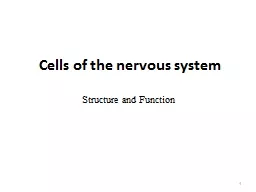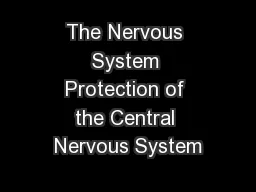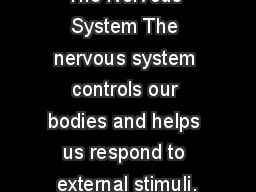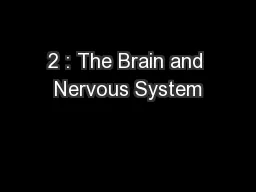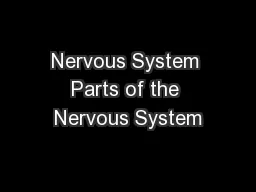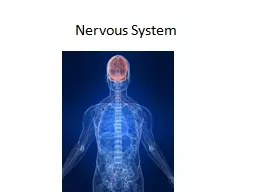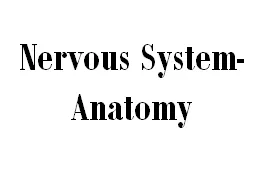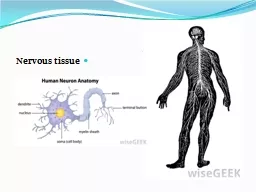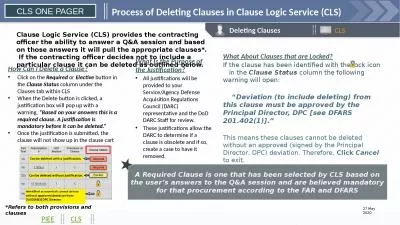PPT-The Nervous System CLS 224
Author : zoe | Published Date : 2022-06-18
Deemah Dabbagh Nervous system Composed of Brain CNS Spinal cord CNS Nerves to body parts PNS Function Maintain homeostatis by detecting stimuli in the environment
Presentation Embed Code
Download Presentation
Download Presentation The PPT/PDF document "The Nervous System CLS 224" is the property of its rightful owner. Permission is granted to download and print the materials on this website for personal, non-commercial use only, and to display it on your personal computer provided you do not modify the materials and that you retain all copyright notices contained in the materials. By downloading content from our website, you accept the terms of this agreement.
The Nervous System CLS 224: Transcript
Download Rules Of Document
"The Nervous System CLS 224"The content belongs to its owner. You may download and print it for personal use, without modification, and keep all copyright notices. By downloading, you agree to these terms.
Related Documents

